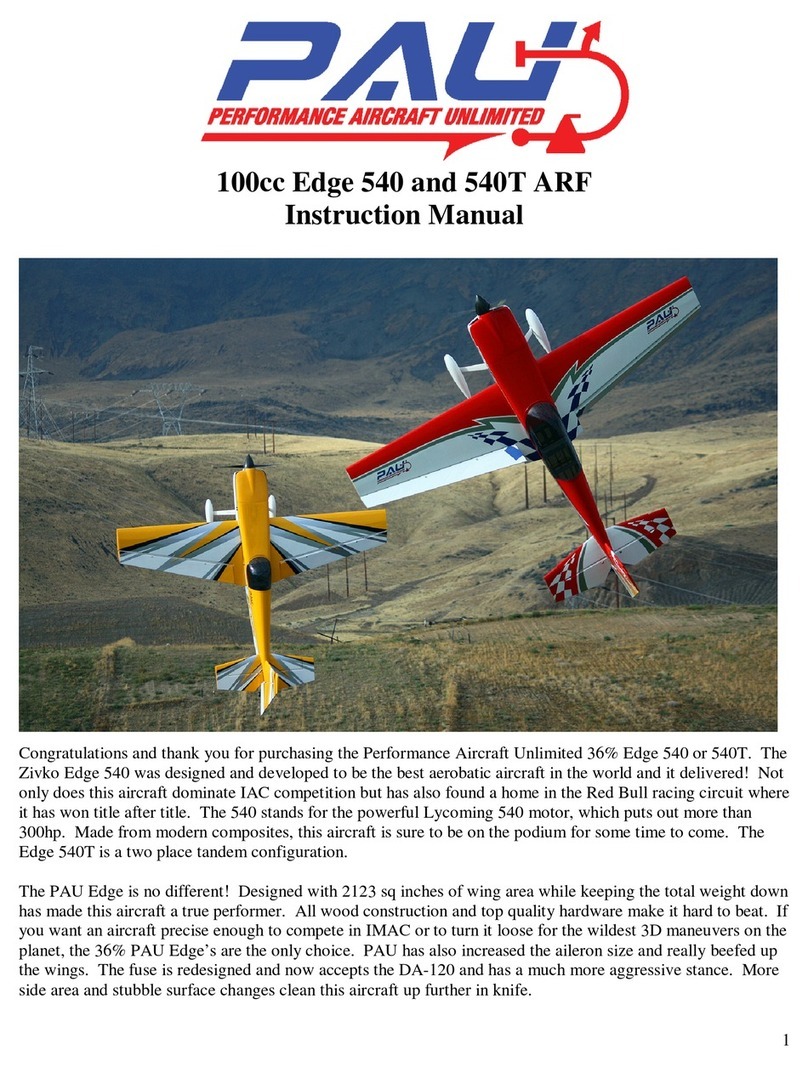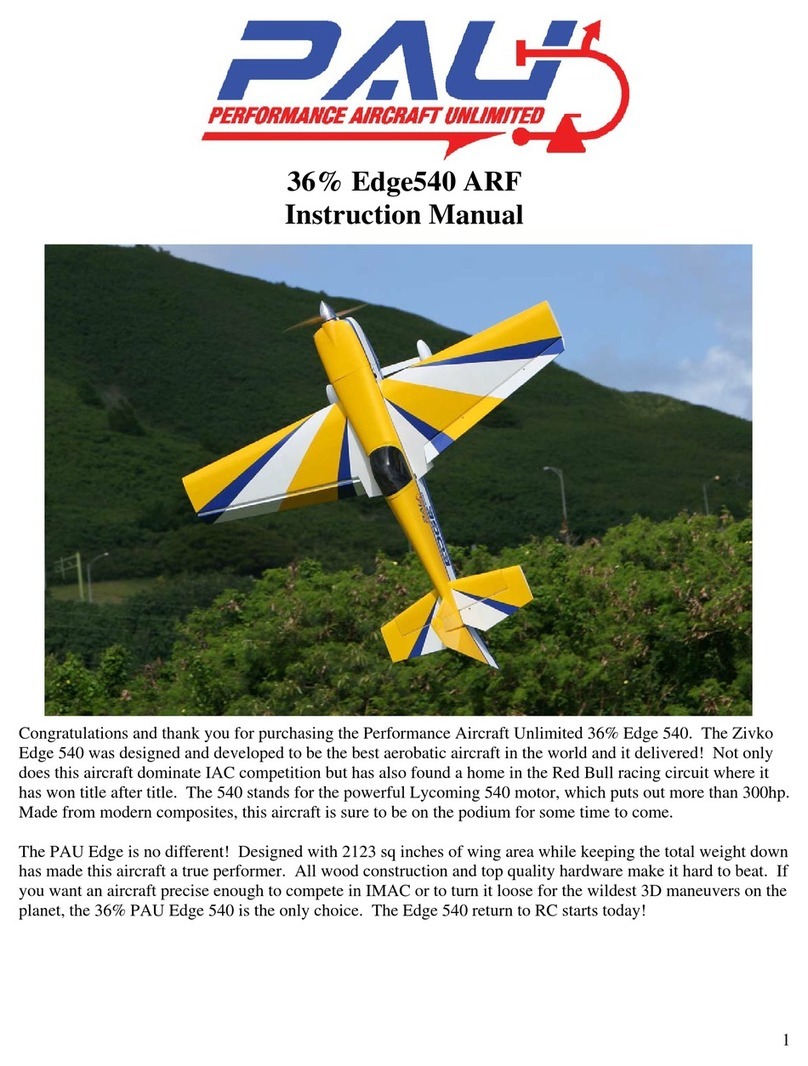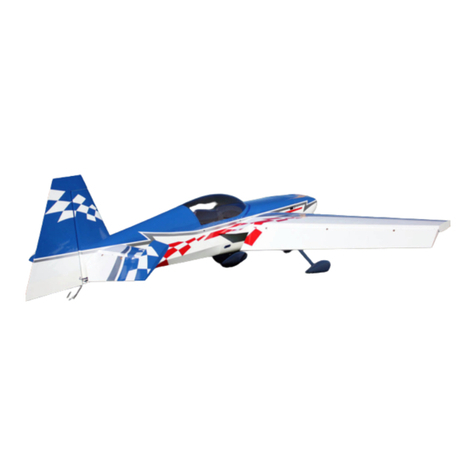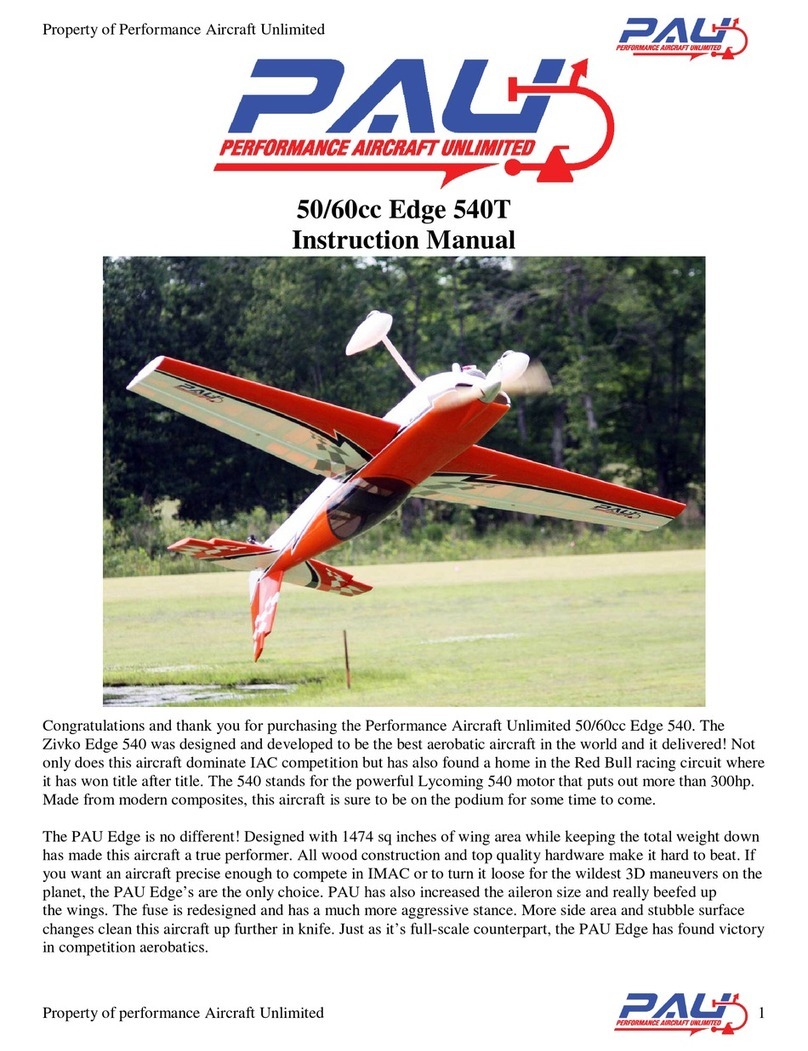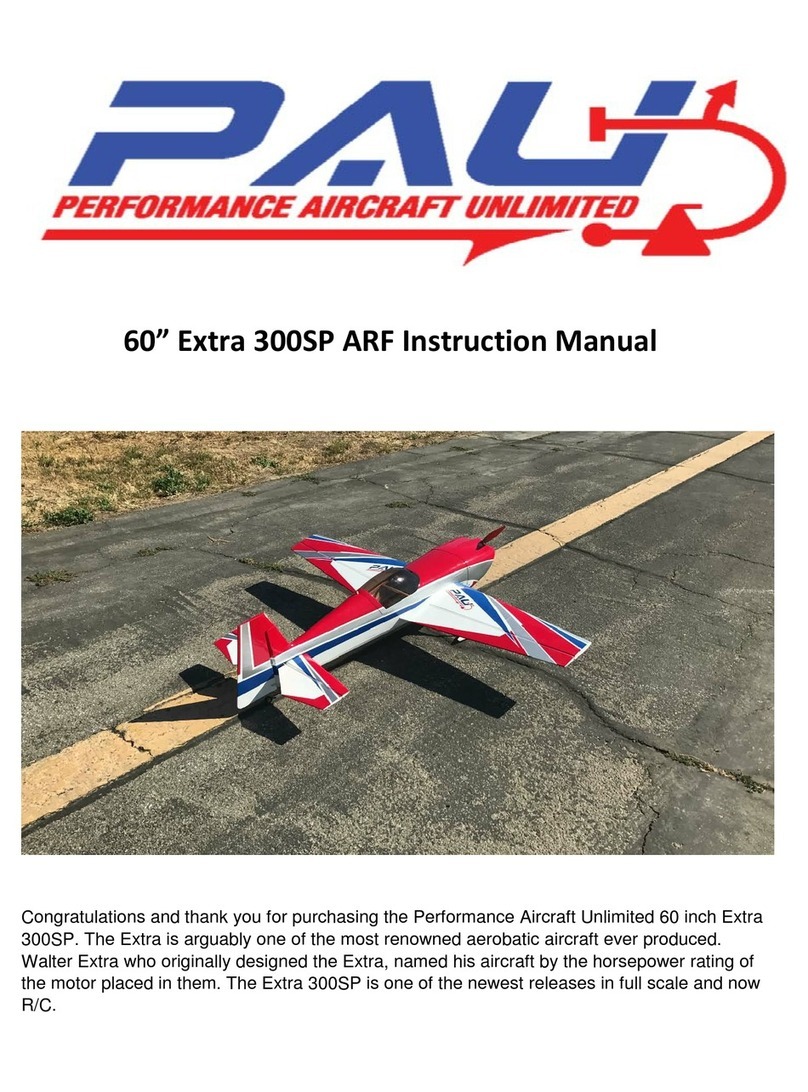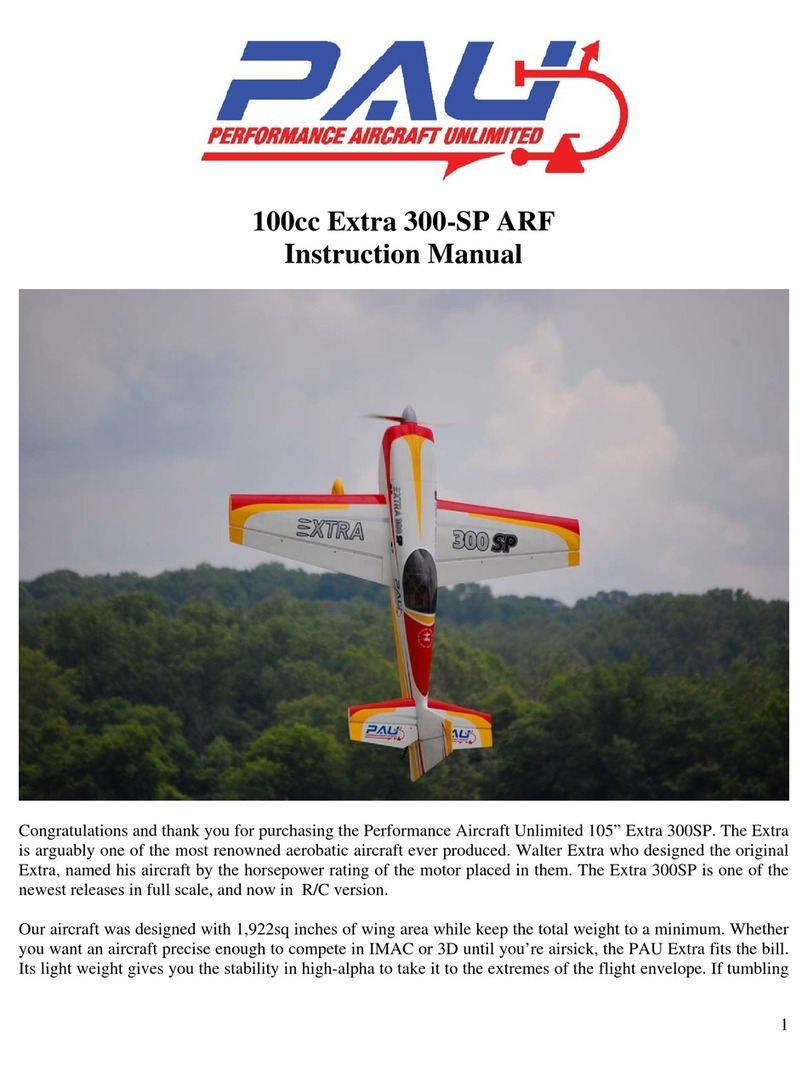PAU 30% Sukhoi 26M User manual




















Table of contents
Other PAU Toy manuals
Popular Toy manuals by other brands
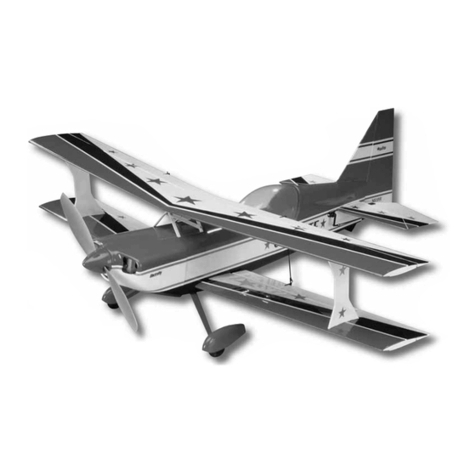
GREAT PLANES
GREAT PLANES Ultimate Biplane EP ARF instruction manual
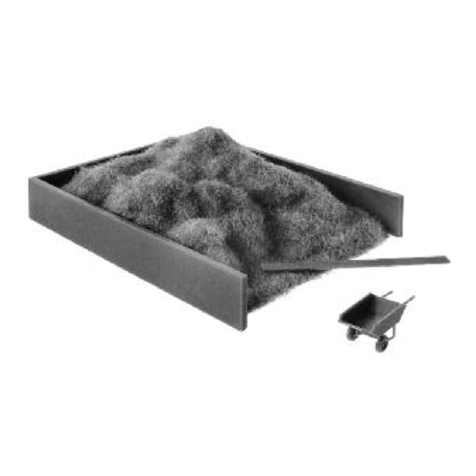
Faller
Faller Dunghill 130529 Assembly instructions
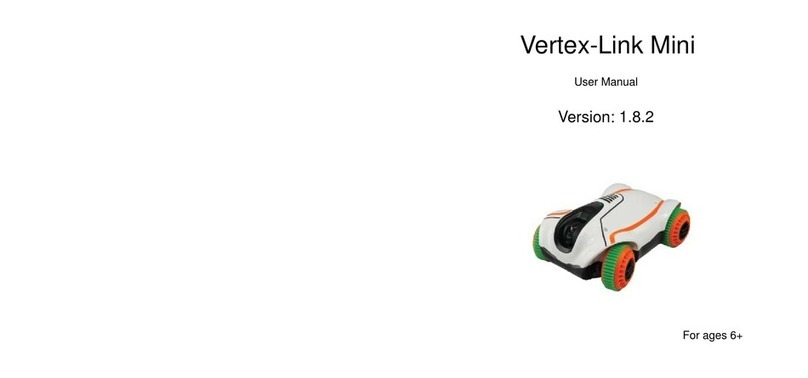
Acctron
Acctron Vertex-Link Mini user manual
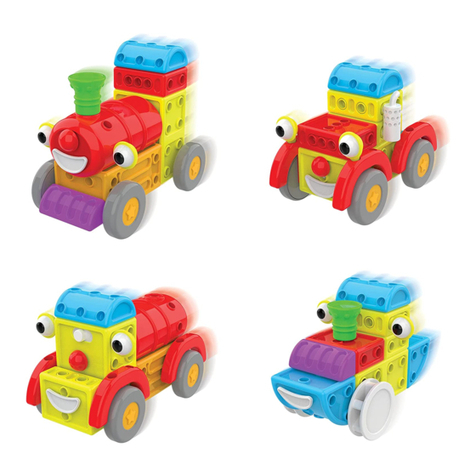
The Learning Journey
The Learning Journey Techno Kids Around Town instruction manual
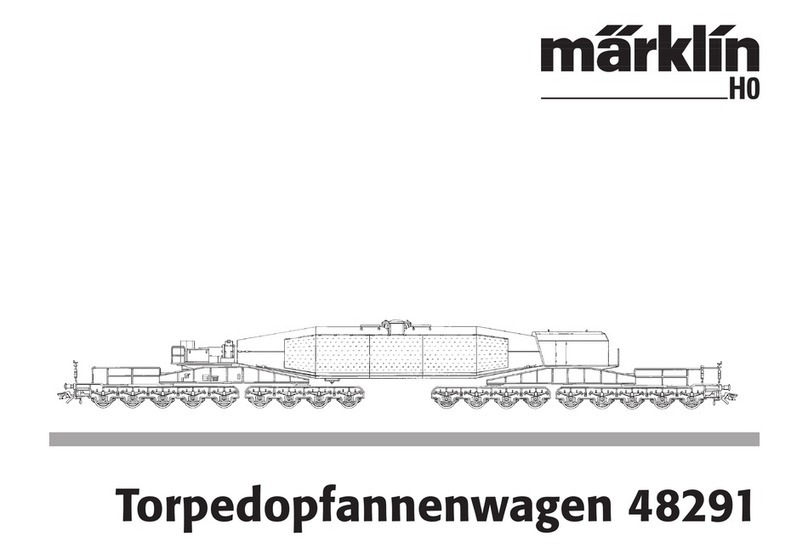
marklin
marklin 48291 instruction manual
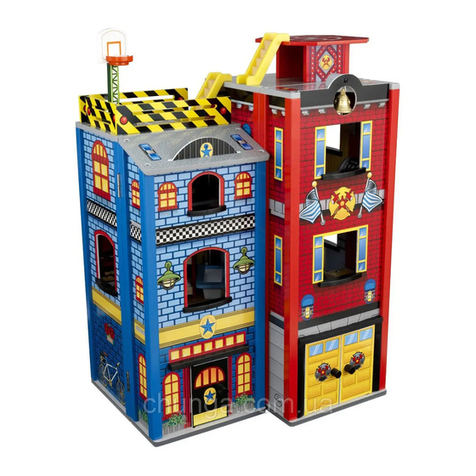
KidKraft
KidKraft Everyday Heroes Assembly instructions
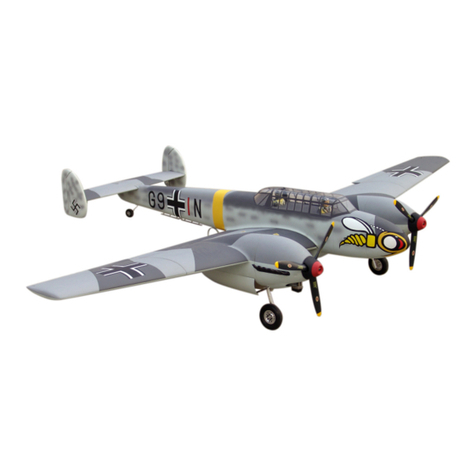
Troy Built Models
Troy Built Models BF-110C ZERSTORER instruction manual
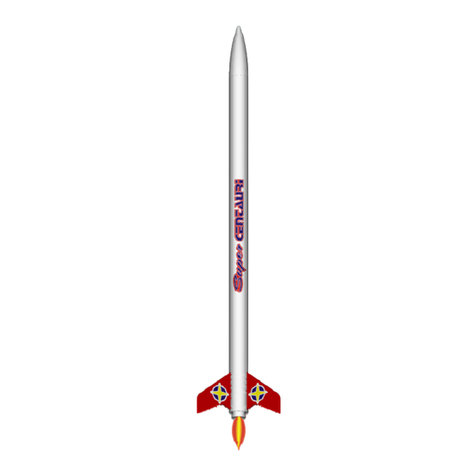
Model Rockets
Model Rockets Super CENTAURI Assembly instructions
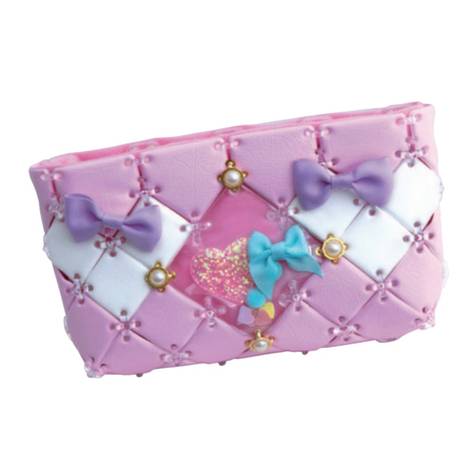
Pacherie
Pacherie PCR-015 Assembly instructions
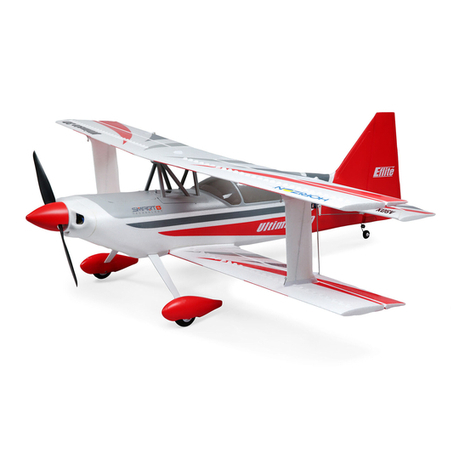
Horizon Hobby
Horizon Hobby E-FLITE Ultimate 3D BNF Basic instruction manual
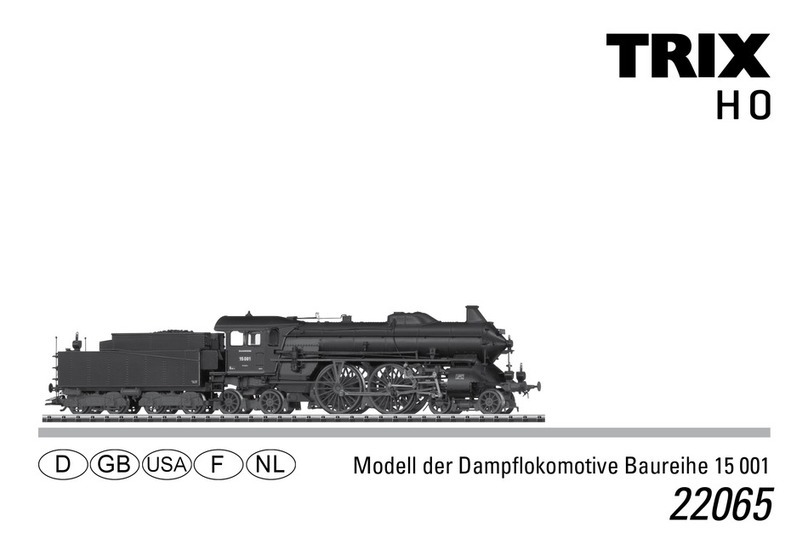
Trix
Trix 15 001 manual

GREAT PLANES
GREAT PLANES ultimate! Instruciton manual
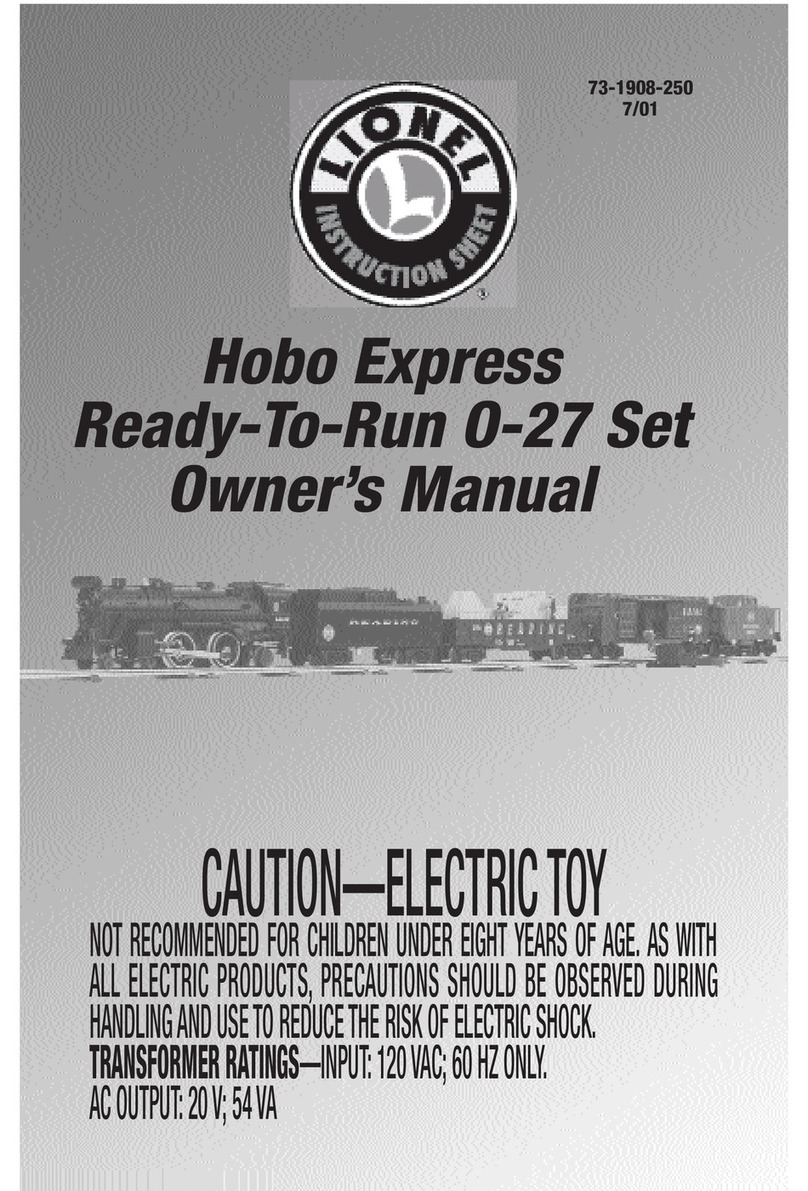
Lionel
Lionel HOBO EXPRESS owner's manual
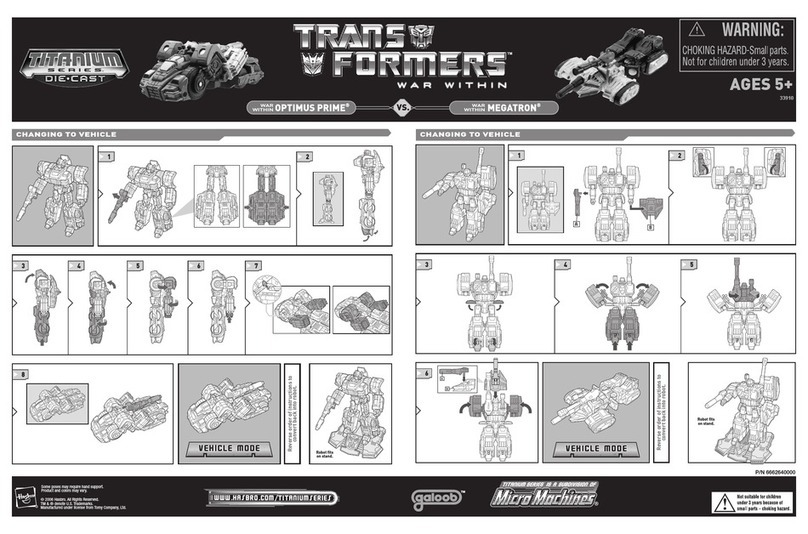
Hasbro
Hasbro Titanium War Within Optimus Prime vs.... manual
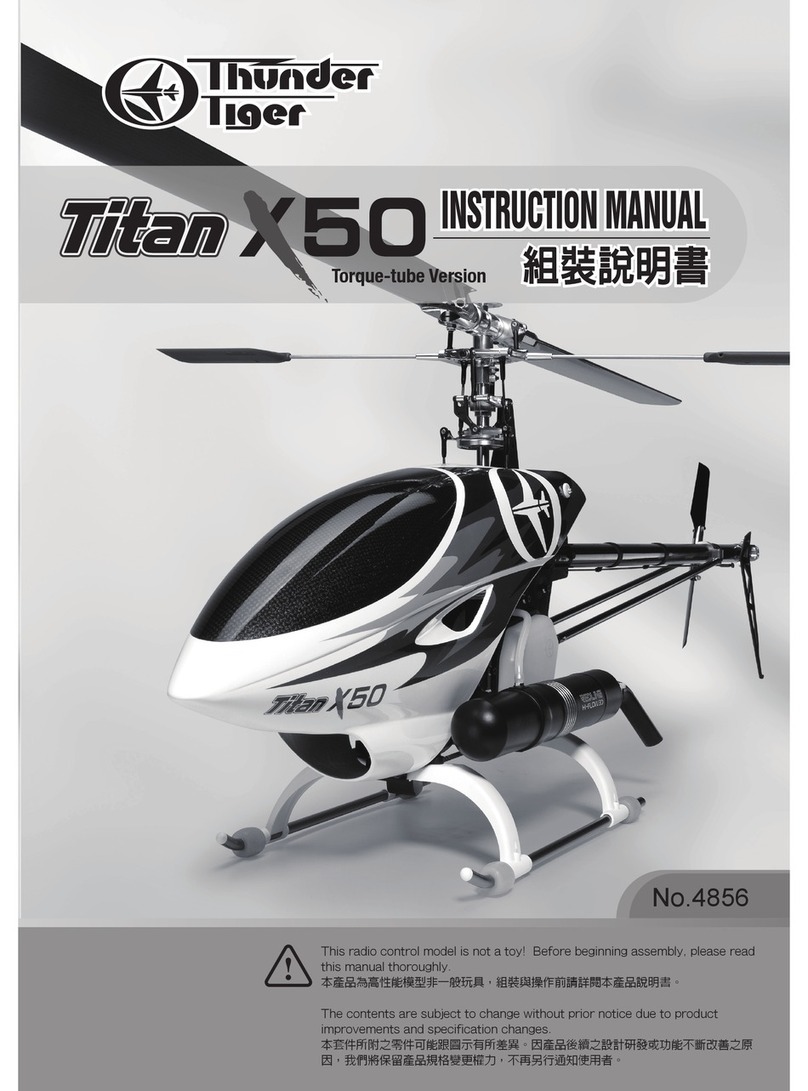
THUNDER TIGER
THUNDER TIGER TITAN X50 - instruction manual

Cobra
Cobra SRX8 instruction manual
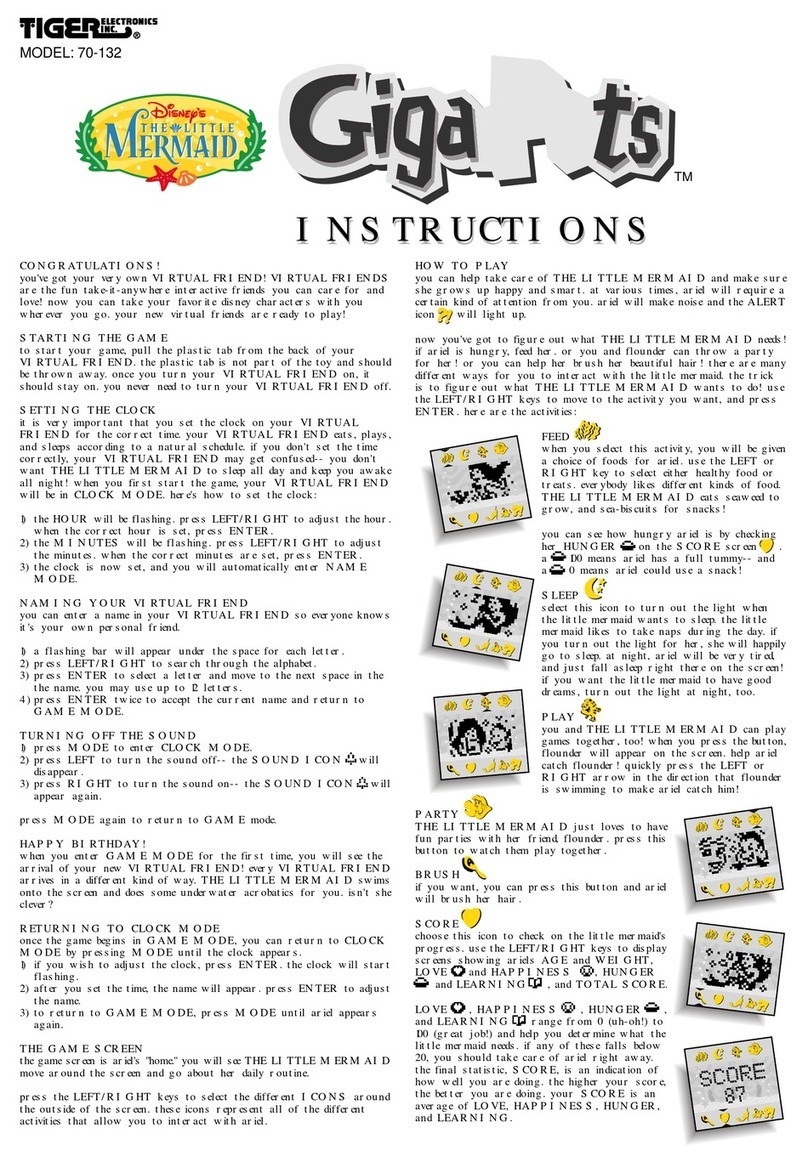
Tiger Electronics
Tiger Electronics Disney's Little Mermaid Gigapets 70-132 instructions
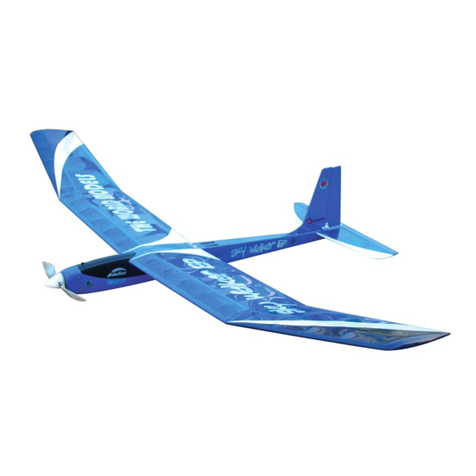
THE WORLD MODELS
THE WORLD MODELS Sky Walker EP instruction manual
